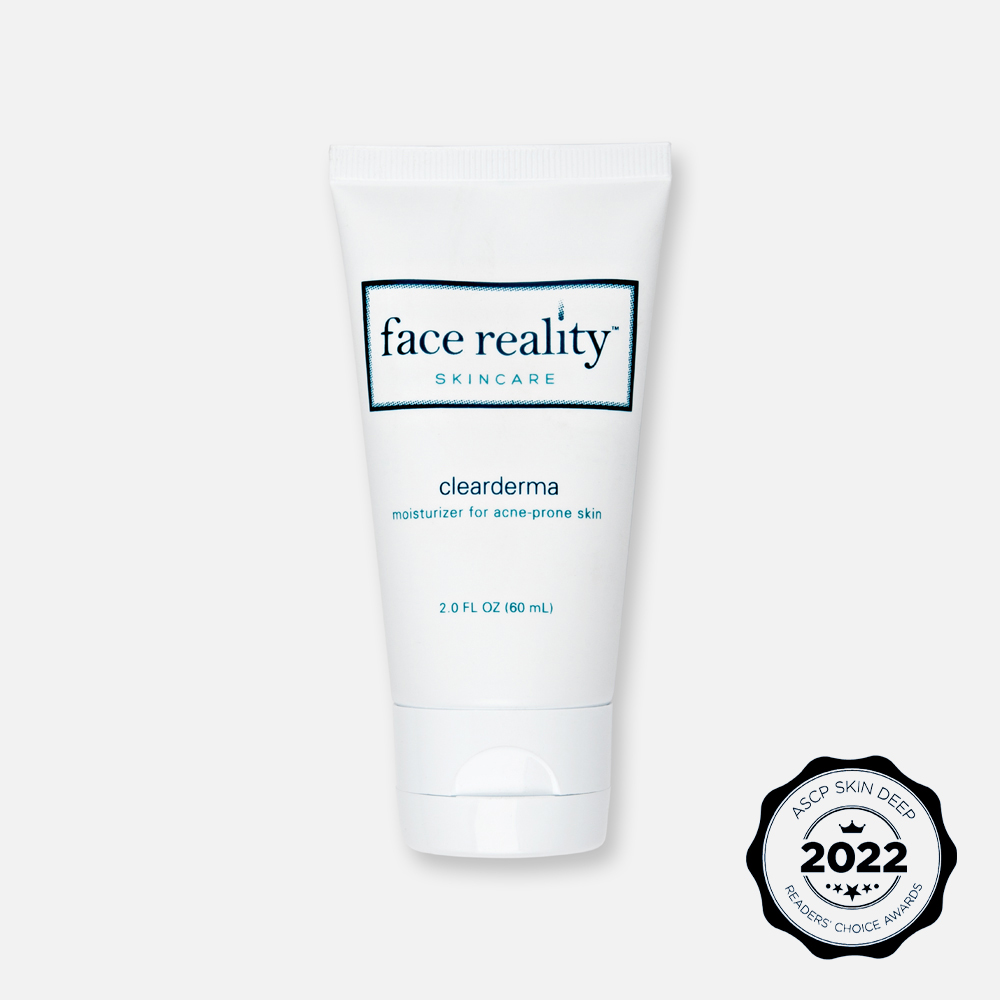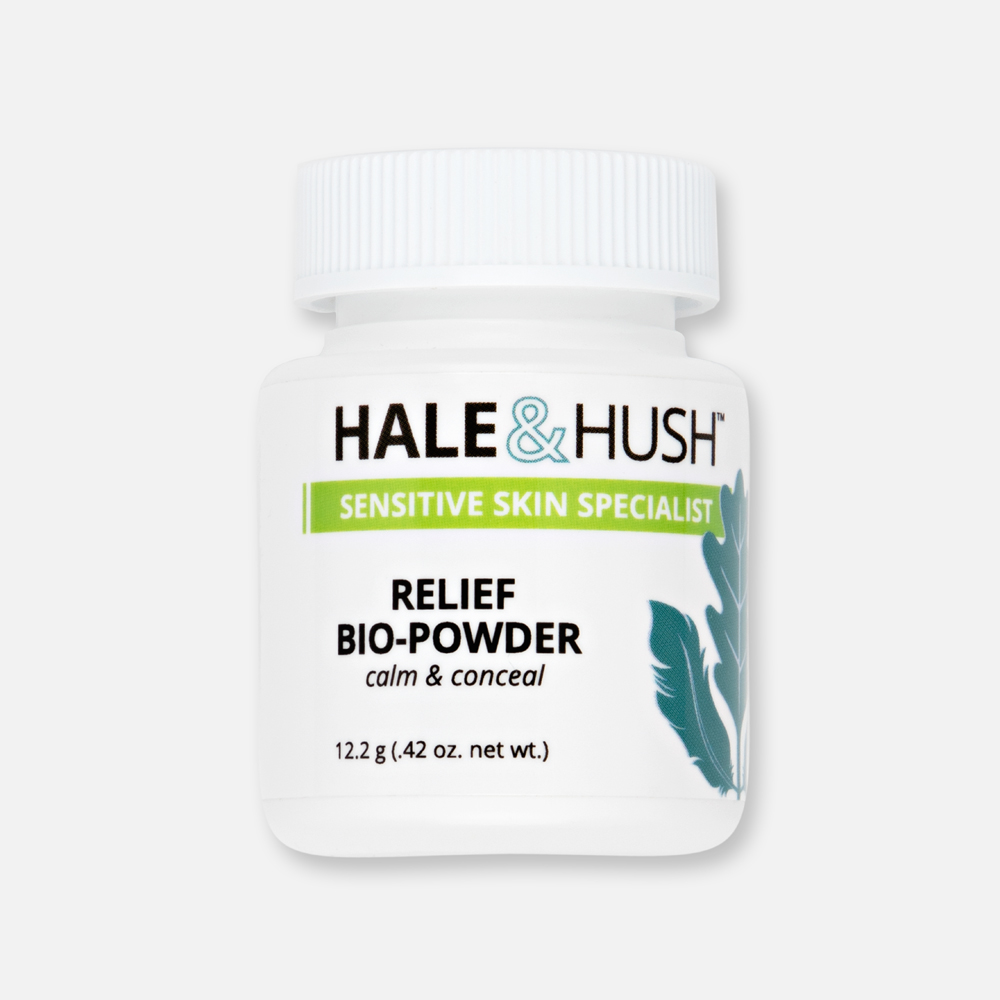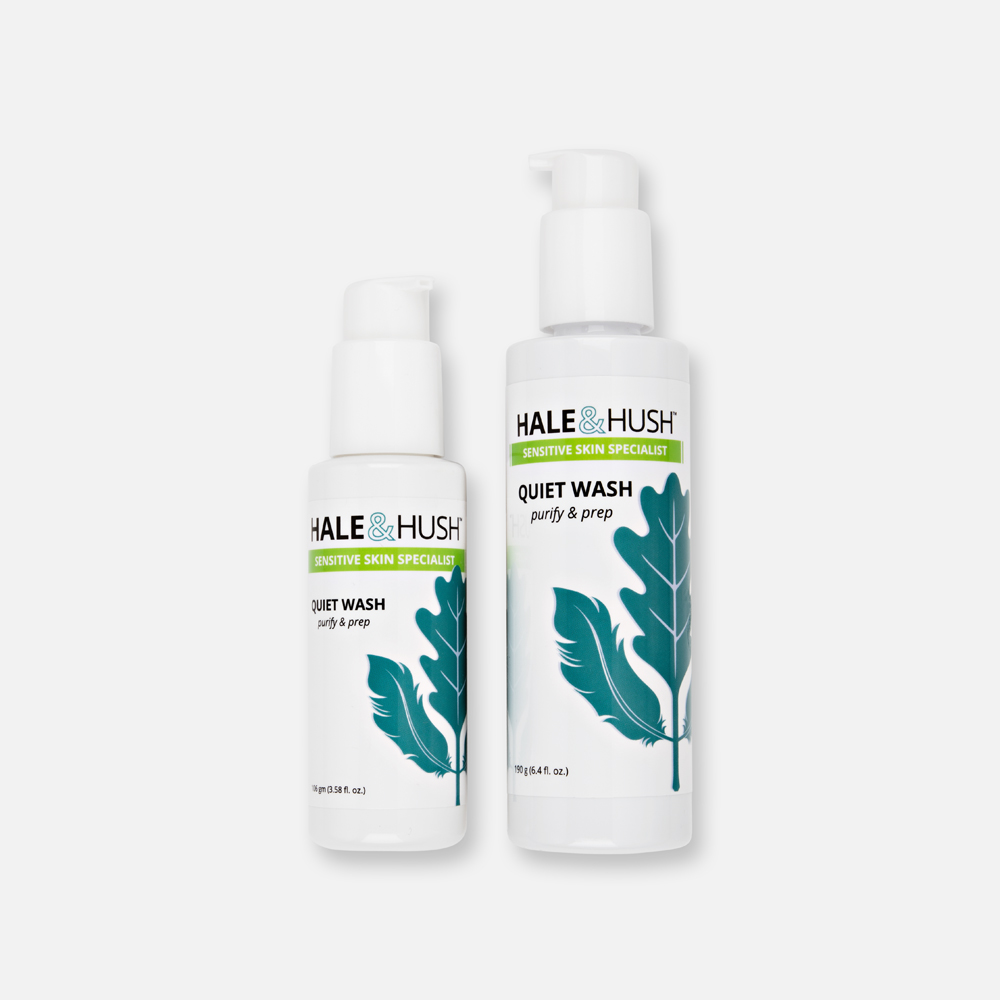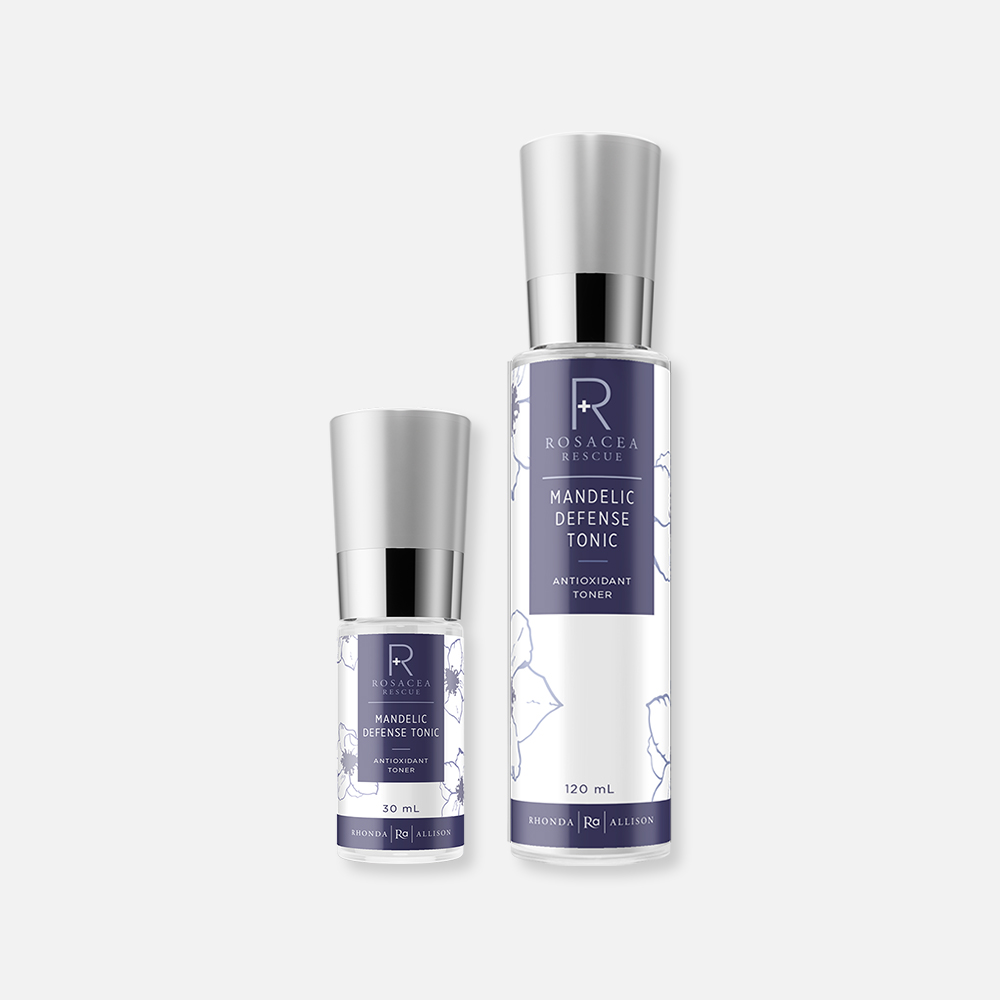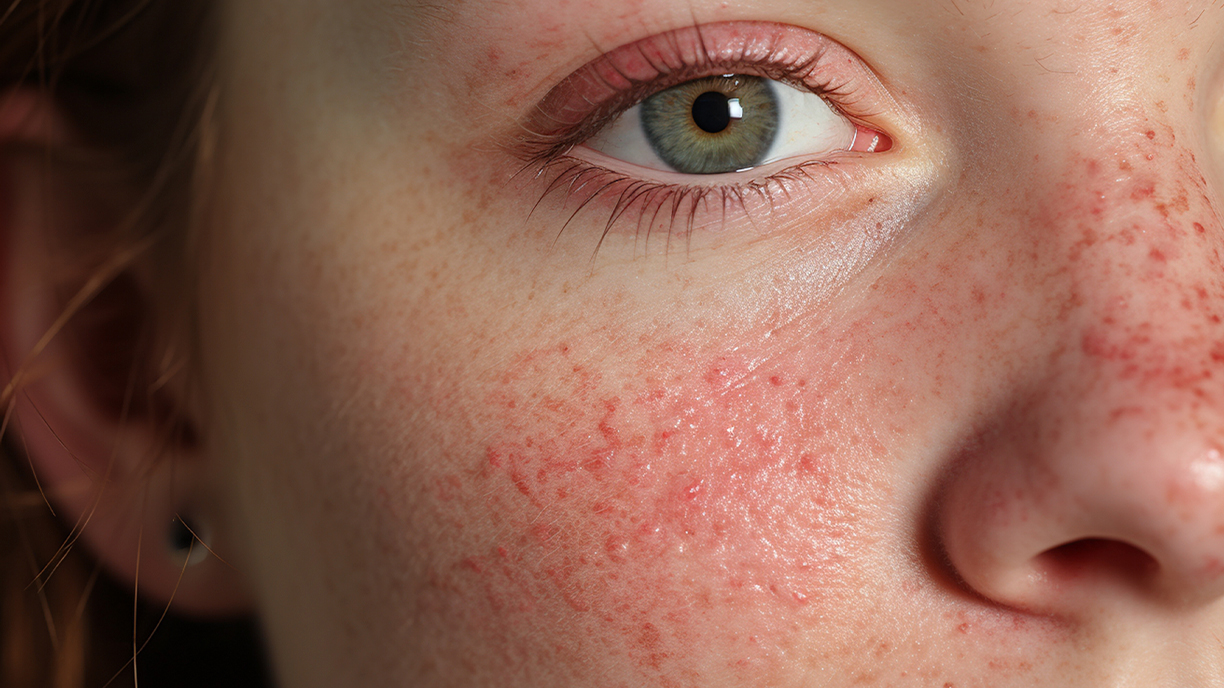
Both acne and rosacea are a result of inflammation in the body that manifests externally as skin inflammation, and both exhibit somewhat similar physical aspects as a result of this inflammation. Even though they may have similar external properties, these conditions are quite different. Before you can begin the process of managing either of these skin conditions, both of which can be uncomfortable and take quite a toll on your self-esteem, you need to understand why they are happening in the first place. Once you have a better understanding of your condition, not only will you immediately feel some sense of relief, but treating it will be a whole lot easier too!
In this article, I will delve a little deeper into the world of acne vs. rosacea, two widespread and slightly similar inflammatory conditions. I hope to shed light on what, up until now, may have felt like a hopeless situation.
Let’s Talk About Skin Inflammation
Your immune system is continually working to detect any foreign invaders from bacteria to even cancer cells, and if anything suspicious is detected, an inflammatory response occurs. Therefore, inflammation is a result of your immune system being triggered by a specific stimulus or pathogen, and there are many different cells in the immune system involved in this process.
These cells get to work by releasing an array of substances that widen the blood vessels, allowing them to become more permeable, so the affected area is more accessible to reach via the immune response. Blood rushes to the affected areas to help aid in healing. It’s your body’s protective response.
This complex reaction leads to many external symptoms, including heat, redness, and swelling of the affected areas.
A Few Factors That Contribute To Inflammation
Many different factors contribute to inflammation and here are just a few of them:
- Chronic stress
- A diet full of processed foods
- Caffeine and alcohol
- Smoking
- Lack of exercise
- Hormonal changes
- Air pollution
Characteristics Of Acne
Acne is a result of inflammation in the sebaceous (oil) glands and is often a result of hormonal changes that occur during puberty.
Looking at acne from a conventional standpoint, it appears that the bacteria, namely Propionibacterium acnes, clogs the oil ducts and triggers an inflammatory response that then contributes to the typical symptoms of acne vulgaris (inflammatory acne), including comedones, inflamed papules, and pustules.
However, you now know that other various factors may contribute to inflammation leading to acne breakouts, and I should let you know that acne can occur at any age!
The National Rosacea Society reports a whopping 60 million people suffer from acne in the United States alone. While 85% are teens and young adults, 20% are adults 25 and older, and 60% of this group are reportedly women.
Hormonal changes during your menstrual cycle or during menopause all play a role in contributing to acne blemishes. Diet and even stress, which causes your body to release stress hormones like cortisol, ramping up internal inflammation, and possibly contributing to an overproduction of sebum, should also be considered.
Too much sebum feeds the p. acne bacteria and causes clogged pores, which then causes pimples to manifest.
Characteristics Of Rosacea
The development of rosacea is a chronic inflammatory condition. While the exact cause of rosacea is inconclusive, it is thought to be hereditary, and various factors may contribute to or worsen this condition.
The National Rosacea Society expert committee reports that rosacea affects up to 16 million people in the United States. Rosacea is often confused with sensitive skin due to symptoms that include facial erythema (facial flushing), dryness, itchiness, and extreme sensitivity to many skincare ingredients.
Rosacea tends to be most common in individuals with fair skin, and for this reason, it may be confused with blushing, but the individual who suffers wishes that’s all it was! It most commonly affects the central face, particularly the nose, forehead, cheeks, and chin.
Rosacea may begin as mild flushing periodically and then intensify to a deeper color over time, and hang around for longer periods.
Severe cases include:
- Erythematotelangiectatic Rosacea – persistent erythema (facial flushing) in the central face, typically with telangiectasia (visible capillaries)
- Papulopustular Rosacea – acne rosacea with pimples and pustules in the central third of the face
- Ocular Rosacea -Irritation of the eye area, including watery, bloodshot eyes, foreign body sensation, burning, stinging, dryness, itching, and frequent styes that may result in blepharitis, conjunctivitis, or irregularity of the eyelid margins
- Phymatous Rosacea and Rhinophyma – overproduction of skin cells that leads to thickening or the skin causing irregular nodularities and enlargements. Most commonly presents as an enlargement of the nose and may affect other locations, such as the chin.
Common triggers that increase symptoms of Rosacea
- harsh skincare ingredients
- spicy foods
- alcohol
- sun exposure
- stress
- extreme changes in temperature, hot baths, hot drinks, and intense exercise, which stimulates blood flow and contributes to the flushing of facial skin
A Natural Approach To Healing
So we now know that acne and rosacea are both conditions that benefit from reduced internal inflammation. So, following a healthy diet rich in anti-inflammatory foods is the very first step to managing widespread inflammation both inside and out.
While dermatologists commonly prescribe metronidazole, minocycline, isotretinoin, tetracycline, oral antibiotics, erythromycin, and doxycycline for inflammatory skin disorders, they are not without side effects.
Here are 3 ways you can manage these two conditions naturally.
1. Rinse Your Skin With Lukewarm Water
Hot water strips the skin of natural oils, which has detrimental effects on both conditions. In the case of acne, a lack of natural oils may encourage the skin cells to try and compensate, often by overproducing sebum and potentially making acne worse. In the case of rosacea, natural oils are essential for helping to support a healthy and protective skin barrier, since the skin is highly triggered by almost everything. Always rinse with lukewarm water and pat your skin dry gently with a clean towel.
2. Make Sure You Are Using The Right Ingredients
This is very important. First things first, you are going to want to completely avoid products packed with synthetics and other chemicals, all of which may aggravate an already sensitive and sore complexion.
For acne, you want to be sure your face is kept clean without stripping it of natural oils. I recommend BiON Bacteriostat Cleanser Gently exfoliate the skin with a corrective toner such as Rhonda Allison Mandelic Defense Tonic to reduce acne-causing bacteria and cellular build-up. Always finish with a light moisturizer such as Face Reality Clearderma and an acne-safe sunscreen. To make choosing products easier, we have labeled all of our acne-safe products with a grey acne-safe badge.
In the case of rosacea, you want to treat it the same way you would a baby’s bum; I’m not kidding!
Gentle is the keyword here. You want a simple skincare routine; your skin doesn’t want 10 different products. Use a super gentle cleanser such as Hale & Hush Quiet Wash, which, remarkably, also reduces redness. Keep skin calm with Hale & Hush Soothe Essence Serum mixed with Relief Bio Powder. Keep the skin moisturized and avoid over-exfoliating, which may only irritate your skin and possibly contribute to a flare-up.
Sunscreen is essential for every skin type and condition, and we have a huge range from which to choose. Apply a generous layer over your moisturizer and rub the excess onto the back of your hands.
3. Find Ways To Manage Your Stress
Not only does stress contribute to acne and rosacea flare-ups, but it can also contribute to aging. Cortisol, a by-product of stress, also breaks down collagen, a structural protein essential for plump and youthful skin. Finding ways to manage your stress is crucial for healthy skin, but we realize it is often easier said than done!
It is the small daily changes that make the most significant and long-term difference. Start by incorporating just a few minutes of something beneficial into your routine each day/week. Here are a few ideas to get you started.
- Try waking up just 5 minutes earlier every day. Use the extra time to focus on some deep breathing before diving into your to-do list.
- Taking time to focus on just one thing you love every day is also important, even if it’s just for a few minutes.
- Gentle exercise can help to reduce cortisol and shouldn’t be too aggravating if you suffer from rosacea. We love this gentle yoga flow targeted for anxiety and stress.
- I also love Insight timer, which includes thousands of free meditations ranging from one minute to longer than an hour.
I hope this article has made it easier to understand your skin condition and ways to manage it naturally. By following these helpful tips, you’ll be well on your way to enjoying clear, calm, and glowing skin!
If you enjoyed this post, you might find these interesting as well:
